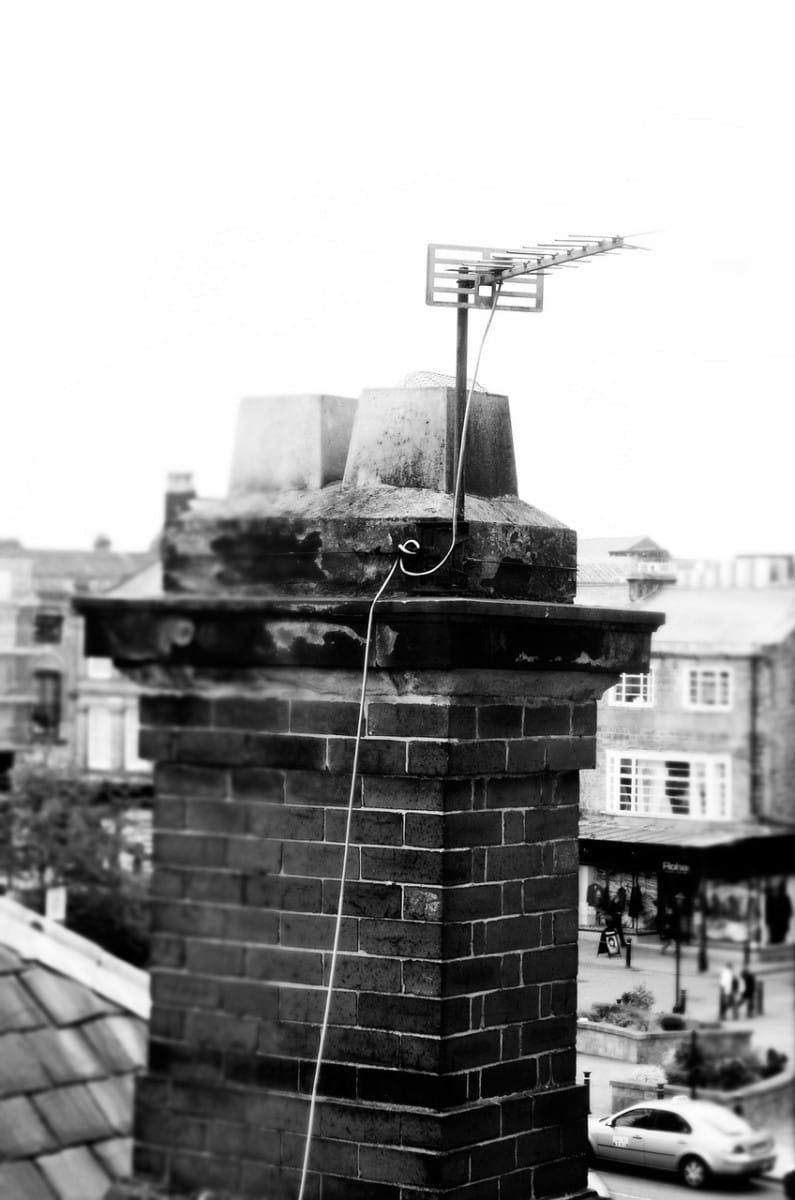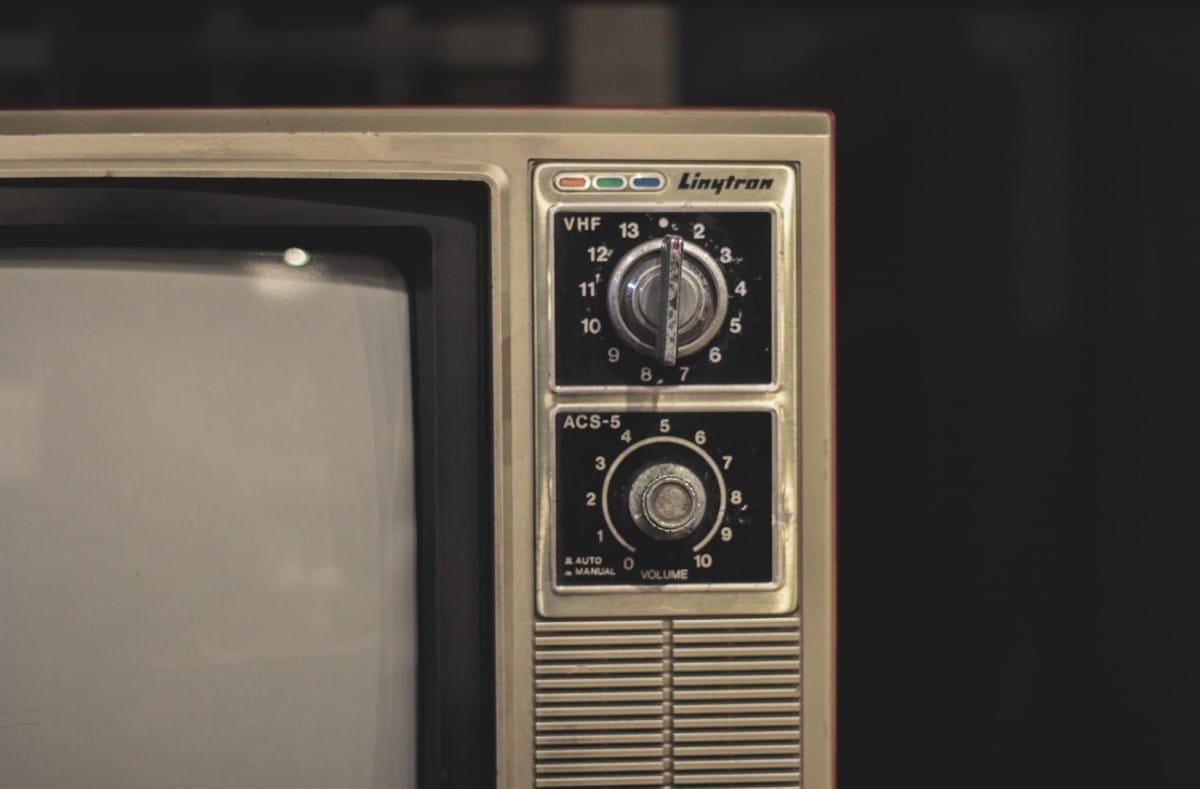
I remember the first time I saw a television program. It was 1955 and my brother and sister were staring transfixed at what looked like a giant plastic goiter that had wavy moving pictures on it. Little did I know that at the age of four I was witnessing something historic. I now know they were watching the ground-breaking program “Winky Dink,” an interactive show that involved putting a plastic screen on the television and using special crayons to decode messages and participate in the story. Except for a few minor exceptions TV, as it came to be known, has gone downhill ever since. By the 1960s it was being used mainly to sell products and now it is mostly about selling lifestyles. Here and there value may be found but most of it has to do with where the Kardashians went on their vacation. The great potential of the technology was co-opted by commercial interests and as early as 1961 the chairman of the Federal Communications Commission summed it all up when he said that most programming was a “vast wasteland.”
In the middle 1950s my family was living on Wieuca Terrace in Buckhead. What we saw on the screen was truly exciting and beyond belief. In the early days of television reality TV shows were all the rage. Now everybody talks about reality shows but back then it meant something. How could you not watch “Queen for a Day”? The host, Jack Bailey, would drag out women who were down on their luck, had terrible marriages, and were facing imminent financial ruin. Each poor soul would pour out her heart in a torrent of tears that threatened to flood the stage. After all the tales of woe had been revealed the audience would decide who had the worst life. An Applause-o-Meter was shown on the screen and based on the frantic clapping of the audience a winner would be chosen. The lucky lady would immediately be crowned by Jack, wrapped in a regal robe, and have dozens of roses shoved at her. Usually there was a clothes washer or some other appliance also bestowed upon the new Queen. This was must-watch TV. Nothing since can compare for the raw human experience of observing this unbelievable live performance. One other notable show was “Divorce Court.” The horror of marriages gone bad was paraded in front of our childhood eyes. No way that could ever be shown today, it was simply too real and shocking. Everything now must be scripted.
In the days before cable or satellite TV we would be lucky to get three local Atlanta channels on our set. All those channels would sign off at about 11 PM and end the day with the Star-Spangled Banner and an image of the American flag waving in front of Mount Rushmore. Friday night was special. On Friday night we would be treated to a local show called “The Big Movie Shocker.” At 11:30 our video host, the infamous Bestoink Dooley, would scare the wits out of us with thrillers like “The Mummy,” “The Wolf Man,” and “Cat People.” Bestoink brought a surreal level of fright to the suburbs of Atlanta. I’ll always thank him for that.

The first TV we had was some wooden piece of furniture that had a 14-inch screen embedded into it. My dad was always up on the roof trying to twist the antenna this way and that to get better reception. He would be yelling down to us, “is this better or is this better?” as he rotated that giant antenna. Nothing ever really improved the picture so we would tell him it was much better just to make him feel OK about himself and get off that damn roof before he fell and broke his neck. At some point he brought home a contraption that perched on top of the TV. Everyone called it “rabbit ears.” There would be two long extending aluminum rods that we would finagle hoping to get a better picture. Usually there would be a dial on the front with quite a few potential settings which never really made any difference. At some point dad decided that the answer to a sharp picture was the addition of tin foil to the rabbit ears. By the time he had finished with all his machinations it looked like a flying saucer had landed on the set.
In the days before circuit boards and transistors the TV sets contained vacuum tubes. The tubes were like clear light bulbs of various sizes. Inside them you could see all kinds of strange wires and rods. On a regular basis one of these tubes would fail. Dad would crawl behind the TV and attempt to troubleshoot the issue while my mom would be yelling, “Make sure to unplug it!” He would pull out all the tubes, carefully placing them in a cigar box he kept for just this purpose. Then he was off to the nearest drug store. In those days every drug store had a machine to test your TV tubes. One after another, dad would plug these tubes into the machine and hit the “Test” button until he found the offending device. Of course, there was a drawer underneath with a vast stockpile of new tubes to purchase. He got pretty good at this process and would often get back in time to plug everything back together before “The Donna Reed Show” was over.

My Mom called the television the “idiot box” or sometimes the “boob tube.” Nonetheless, she would always join our little family in one special weekly ritual: watching The Ed Sullivan show. Every Sunday night dad would drag out a Chef Boyardee Pizza Kit and attempt to concoct something resembling real pizza. He would time it so it would come out of the oven just as Ed Sullivan would say, “We have a really big show,” and dad would say “We’re living now” while we fought over the scrawny slices he offered us. One night my mom couldn’t take it anymore. She had seen too many ventriloquists, puppets, and lounge lizards. She stood up and proclaimed “We are in the Age of the No Talent,” and then retired to her bedroom.
Years later, we moved over to Millbrook Drive near Chastain Park. One day dad came in the backdoor with a giant box containing our first color TV. It even had a device that allowed you to change channels from across the room, mom called it the “puddle jumper.” Watching TV in color was nice but by then the programming had declined. Instead of “Dobie Gillis” we had “Gilligan’s Island.” There was the “Love Boat” and the “Love Connection.” It didn’t really matter what channel you watched, it was all the same. Now all the talk is about Netflix and Amazon Video and I must admit I’m liking some of the shows there. It is not up to the level of “Queen For a Day” but they are still pretty good. Probably best to not hope for anything more than that. Gil Scott-Heron said it best: “The Revolution Will Not Be Televised.”
Jim Tate
Author, Buckhead Tales
jimtate@charter.net